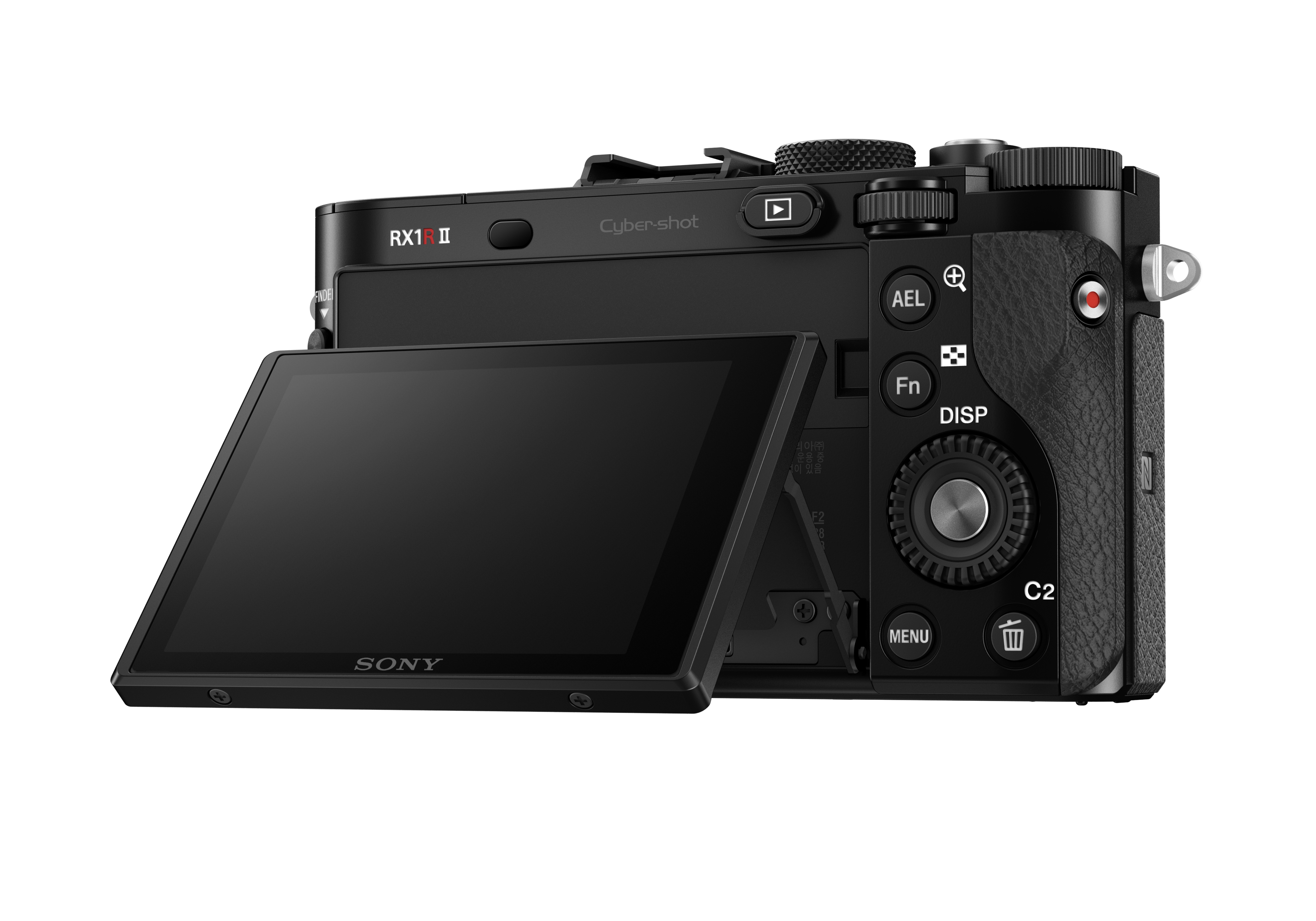
Three years are a long time for any camera model to be refreshed but Sony believes the Mark 2 version of its RX1R compact is well worth the wait as it turns up this year. Is it?
Well, not for looks, for sure. On the surface, the new version looks similar to the original. Fortunately, the improvements are more than skin deep.
The excellent Carl Zeiss Sonanr 35mm f2 T* lens still fronts the new camera so I expect good image quality even when there’s low light. There’s also a full-frame sensor, a big selling point for those seeking a large sensor in a compact camera.
A few good tweaks are made in the new model. The auto-focus (AF) selector is now split into S (Single) and C (Continuous) modes so it is much quicker to change the settings when you are shooting action that requires AF tracking.
Sony has also added a second Custom button as a secondary function of the ‘Delete’ button. This means more custom settings can be set besides the four-way button with the wheel selector.
The original RX1R doesn’t have a low-pass filter (LPF) so there is a potential for the moire effect, an unintended colour effect, that often presents itself on a photo.
The Sony RX1R Mark 2 lets you eradicate that by switching on the LPF optical filter. This is a first from Sony.


Unfortunately, the RX1R is not a comfortable camera to use. With the new model, the size is still kept small and the grip hasn’t changed much. I would still get a half case to make the camera taller and easier to hold.
To make the camera even more sensitive when capturing an image, Sony should add a soft release button to the shutter button thread too.
At least the camera now has an electronic viewfinder. This takes over the place where the built-in flash was on the previous model.
Though this seems like a compromise, it’s actually better if you prefer to use an add-on flash. That provides a better, more stable option for shooting in low light.
There is also a tilting screen that lets you capture those low angle shots. Like the RX100 and RX10, the RX1R Mark 2 comes with a Wi-Fi link for quick sharing of images online via Sony’s Play Memories app.
As expected, the RX1R Mark 2, which uses a new 42.4-megapixel CMOS sensor with improved performance at the highest ISO of 6400, produces stunning images.
For my tests, I just used the camera at Aperture mode and allowed it to set the minimum shutter speed and ISO sensitivity.
As the camera is likely to used for street photography because of the 35mm focal length, such settings are pretty common. Of course, you still have to use specific settings based on the lighting situation.
With a phase detection sensor, the autofocus on the camera was very snappy during the tests. This is a shooter you don’t mind carrying around every day to record what you see on the streets.




There is no doubt the Sony RX1R Mark 2 is an excellent camera. Its souped up sensor allows a lot more post-editing leeway than what most photographers need unless you are into the habit of printing A0-sized posters.
One thing to note is the file sizes. Extra Fine JPEG files range from 15MB to 38MB and RAW files are at 42MB on average on compressed settings. So your PC has to be fast with ample storage space.
What’s more, to ensure that the image is absolutely sharp, I’d recommend you use a tripod with the camera. This is especially in dark settings, where the camera can pick up shaking quite clearly.
Would I spend $4,999 on the RX1R Mark 2? For the well-heeled, price wouldn’t be an issue.
However, if you want a very able compact camera, there are Sony’s own RX100 and RX10 whose performance offers more than the price they are commanding.
Then there are mirrorless cameras such as the Fujifilm X-Pro2. They might be a bit bigger but you get to change your lenses for different purposes.
The closest direct competitor to the Rx1R Mark 2 may be the Leica Q. You can’t change lenses with that and it’s expensive at $5,990, though at a “mere” $1,000 more.
However, like the X-Pro2, it gives you a more assured grip and with the heft comes the feeling of precision and luxury. Plus, the added benefit of an optical rangefinder.
You can say the RX1R Mark 2 is an Omega watch squeezed into a Casio size, but the Leica feels like a Rolex.
The Leica Q may cost more but it feels more like the S$6,000 camera that it is. Sony’s RX1R Mark 2, while good, doesn’t give you the same sense that it costs as much as S$5,000.






